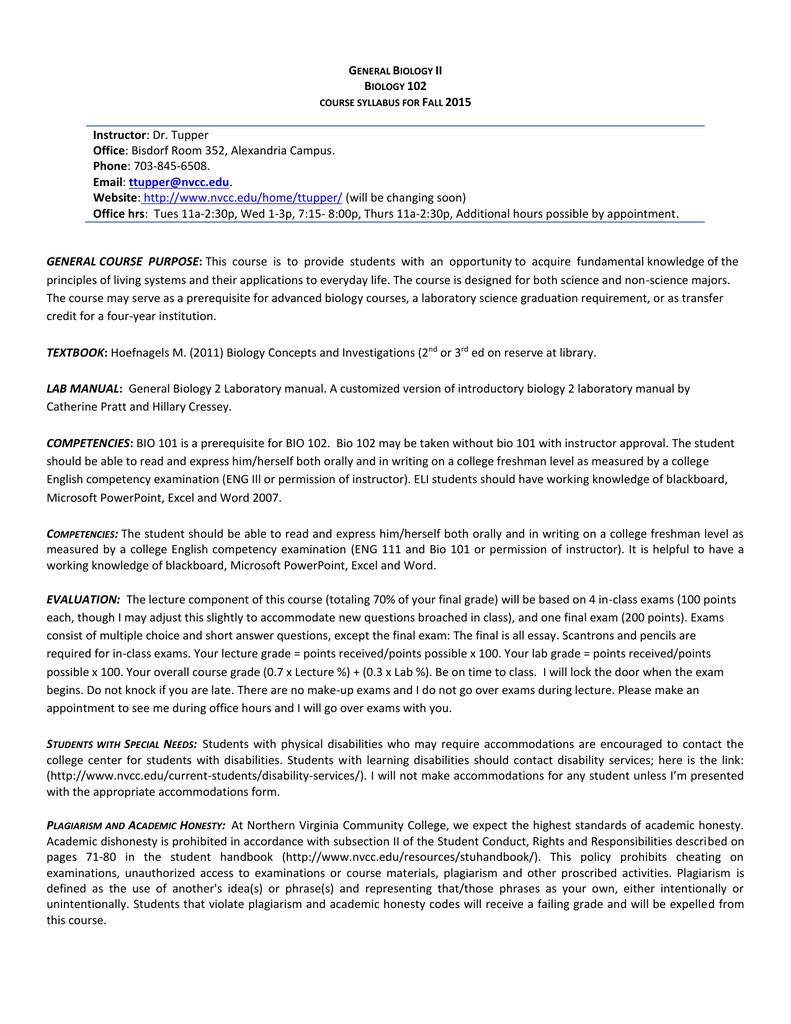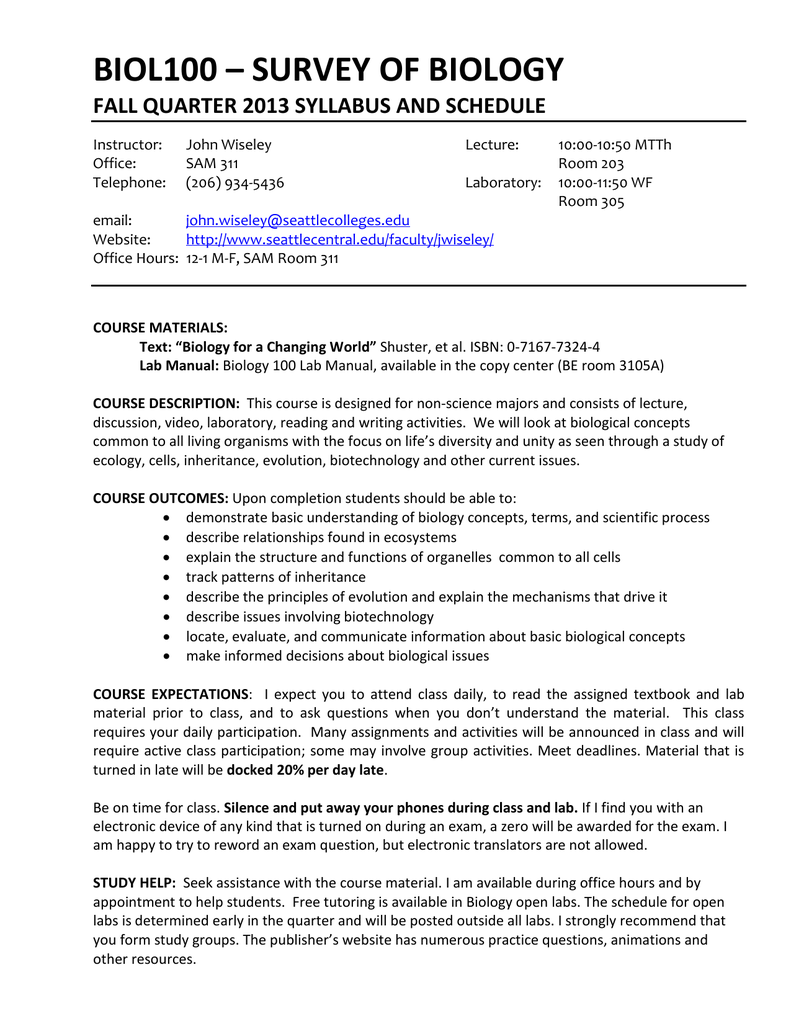Biology For Non Science Majors Lab Manual
Find Introductory Biology for Non-Majors Textbooks at up to 90% off. Plus get free shipping on. Cover of Biology - Laboratory Manual (12th edition) Biology. With its 46 lab exercises and hundreds of color photos and illustrations, the LABORATORY MANUAL FOR NON-MAJORS BIOLOGY, Sixth Edition, is your students' guide to a better understanding of biology. Most exercises can be completed within two hours, and answers to the exercises are included in the Instructor's Manual.
Book Preface Audience This manual is designed for students at the college entry level and assumes that the student has no previous college biology or chemistry. The lab manual’s terminology and classification conform to that of Starr/Taggart/ Evers/Starr’s Biology: The Unity and Diversity of Life, Starr/Evers/Starr’s Biology: Concepts and Applications, and Starr/Evers/Starr’s Biology Today and Tomorrow, although you’ll find that the exercises support virtually any biology text used in an introductory course. Features of This Edition Updated, Relevant Exercises As always, we strive to provide students with exciting, relevant activities, observations, and experiments that allow them to explore some of the rapidly developing areas of biological knowledge and how those relate to their daily lives. For example, Exercise 7 (Diffusion, Osmosis, and the Functional Significance of Biological Membranes) includes a new activity relating membrane function to the consequences and treatment of cholera. Similarly, Exercise 10 (Respiration: Energy Conversion) includes an activity in which cellular respiration rates are measured as levels of students’ physical performance change. Also new in Exercise 10 is an experiment investigating the potential for different plant carbohydrate sources to be used in the production of ethanol.
Updated Taxonomy An attempt to provide accurate systematic information is like trying to hit a moving target. As new information floods in, especially molecular information, our best understanding of taxonomic and systematic relationships sometimes seems to change daily. The taxonomy in our exercises is completely updated and reflects the most widely accepted information at the time of publication. Streamlined Exercises have been updated throughout to streamline procedures and to enhance student comprehension.

We have simplified procedures to reduce student frustration and time needed for setup. Inquiry Experiments and Observations and the Methods of Science We realize that the best way to learn science is by doing science. Thus, in this edition we further emphasize hypothesis testing and scientific thinking, following the cognitive techniques whose foundations are laid in the first exercise, “The Scientific Method.” Throughout the manual, we place more emphasis on testing predictions generated from hypotheses.
We strongly believe that all biology students—both nonscience majors and science majors—benefit by repeating the logical thought processes of science. For example, in Exercises 8 (Enzymes: Catalysts of Life) and 9 (Photosynthesis: Capture of Light Energy), students learn a simple semiquantitative technique and then employ that technique in an experiment of their own design to investigate factors that affect those processes. Download Ebook Read Now File Type Upload Date.
General Biology 10 & Introduction to Biology 11 Biol 10 is great place to start if you are familiar with science or had strong science classes in high school. If not, you may want to focus on your math and English skills before taking this class, then come in when your ready. This class can be overwhelming if you are not prepared, so feel free to talk to me about it first. BIOL 10 day sections are taught by and. The evening section is taught by Riva Bruenn. Click on our names to find out more about us. BIOL 11 is taught online (it does not have a lab) by Margaret Kenrick.
Amy and Sue in Chicago Course Descriptions Bio 10: Fundamentals of biology for the non-majors: Scientific inquiry, biological chemistry, cell structure and function, DNA genetics, evolution and ecology, and an overview of living organisms. Includes laboratory exercises designed to complement lectures.
Biology For Non Science Majors Laboratory Manual
Bio 11: Fundamentals of biology for the non-majors: Scientific inquiry, biological chemistry, cell structure and function, DNA genetics, evolution and ecology, and an overview of living organisms. Syllabi Here’s the syllabus for this semester for the day section of Biol 10: & and for the night section: Dr. Blackie explaining a lab exercise Lecture Notes Here are the lecture notes for class by testing section. There are study questions at the end of each topic.

You can also purchase the notes at the bookstore to bring to class. Lab Manual Here is the lab manual we will be using this semester. It is also available at the bookstore. The cost just covers printing for both the lab manual and the lecture notes. Study Questions To encourage you to utilize the study guide to its fullest, you can earn points by answering all the questions on the study guide. To earn full credit, you must write out the question then write out a complete answer. This may be a word, a sentence, or a long complex answer so be thorough.
Try using a separate piece of paper for each section. You can get credit for completing one of the three, but I’m hoping that once you see how much it improves your scores you do this for all the tests. Due the day of the lecture exam. Cool Science Stuff: Scale of the Universe Website: Powers of Ten Website: Cool video about plants and water: Cool video on DNA: here’s a cool article about the brain: Extra Credit Lake Clean Up – every Saturday at the Sailboat House.